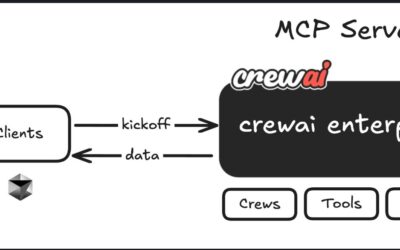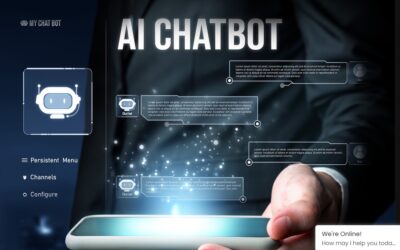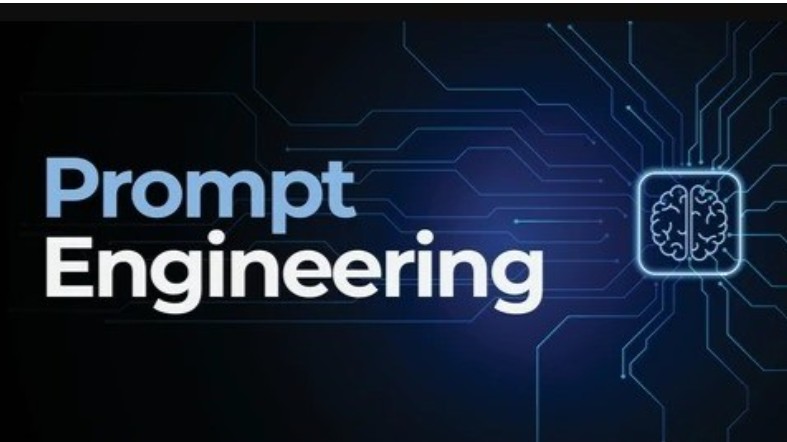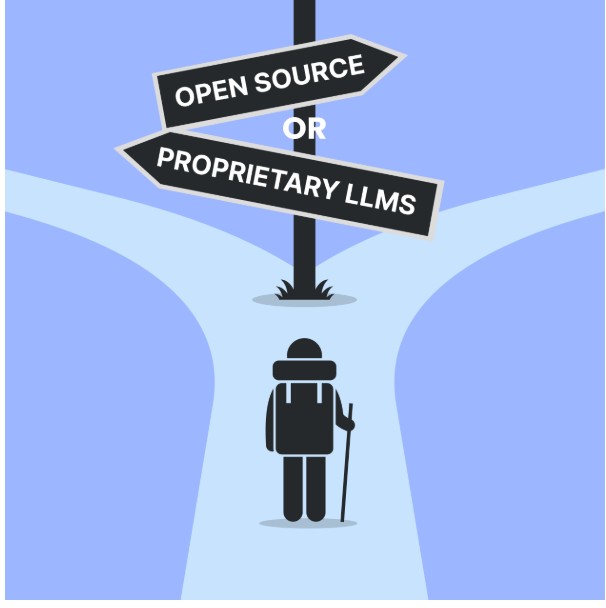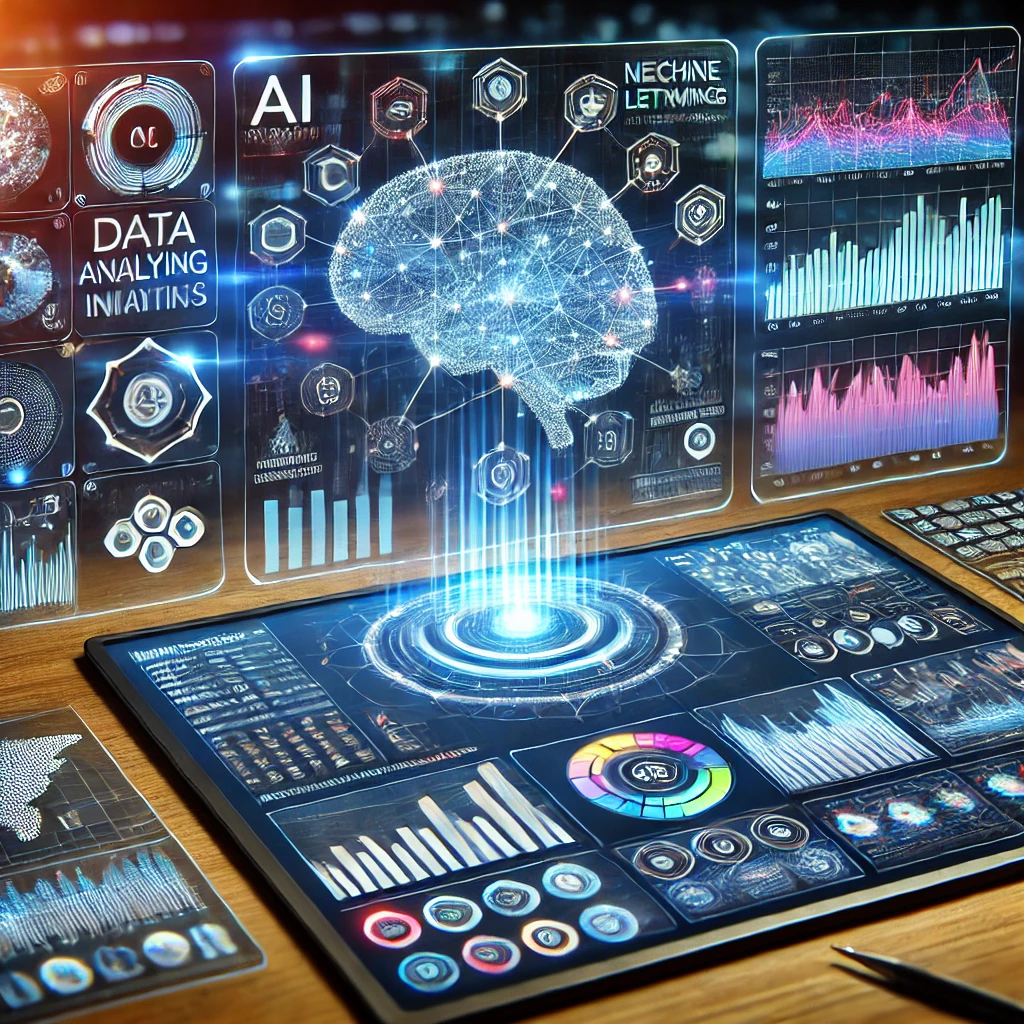Introduction
The Beginner’s Guide to Coding AI Chatbots in Python,4 Steps to Deploy have quietly become one of the most useful AI tools of our time — from handling customer support queries to managing online bookings and even tutoring students. They’re fast, available 24/7, and can respond intelligently to almost any user query.
If you’re curious about how to build one, there’s no better language than Python. Known for its simplicity and vast ecosystem of AI and machine learning libraries, Python is the perfect starting point for anyone who wants to dive into chatbot development.
In this guide, we’ll go step-by-step through how to code AI chatbots in Python — from basic rule-based bots to more advanced machine learning-driven chatbots — and even see how to deploy one online.
Let’s get started!
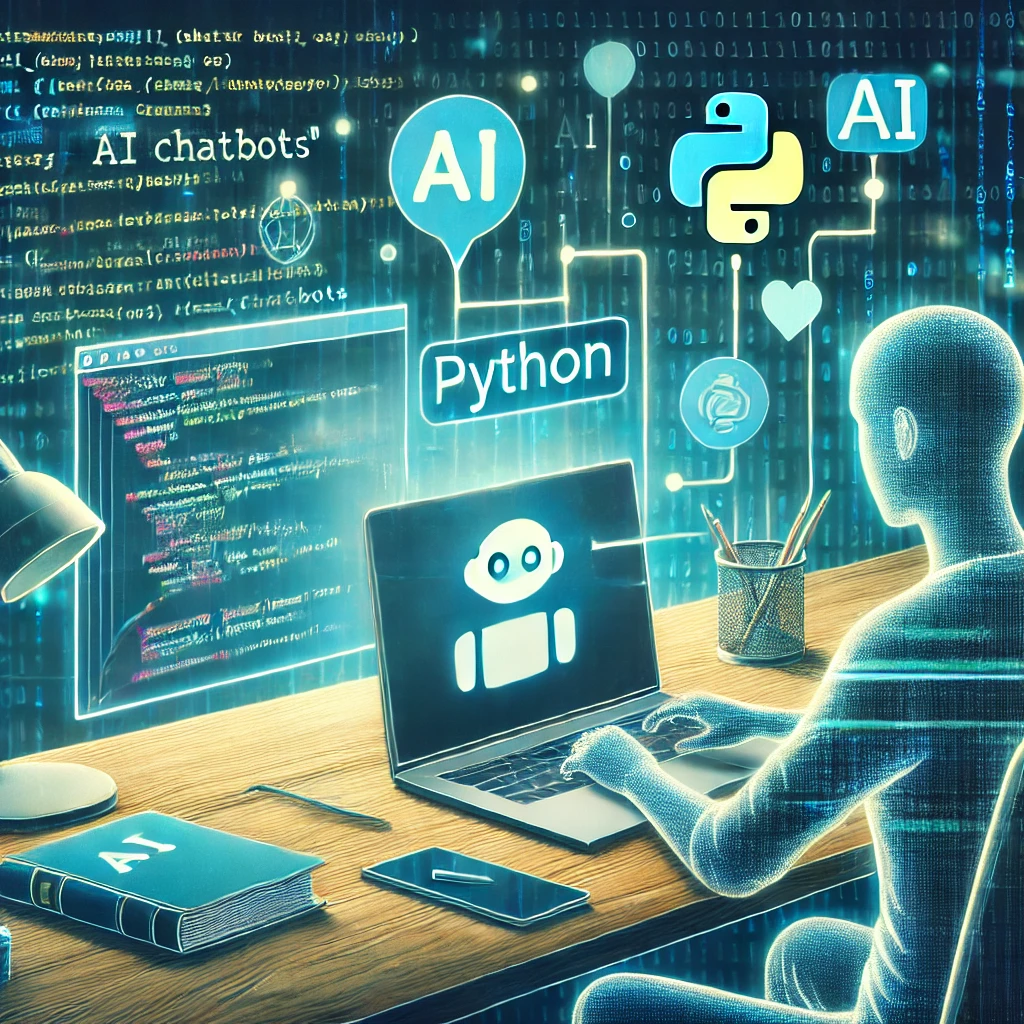
Table of Contents
What Exactly Is an AI Chatbot?
An AI chatbot is a computer program designed to carry out a conversation with humans — either through text or voice. Unlike traditional systems that rely on simple scripts, modern chatbots use Natural Language Processing (NLP) and Machine Learning (ML) to understand user intent and respond more naturally.
There are generally two main types:
- Rule-based chatbots, which follow predefined conversation paths.
- AI-driven chatbots, which can understand context, learn from data, and improve over time.
When a user sends a message, the chatbot processes it, determines intent, and then generates a response — all within seconds.
How AI Chatbots Work:
- User Input: The chatbot receives a text or voice input from the user.
- Processing: The chatbot processes the input using NLP techniques to understand intent and extract relevant information.
- Response Generation: Based on the input, the chatbot generates a response using predefined scripts, APIs, or AI models.
- Output: The chatbot delivers the response to the user in a conversational manner.
Why Python Is Perfect for Chatbot Development
Python has become the go-to choice for chatbot developers for a few key reasons:
- Readable Syntax — Python’s code is easy to learn and write, especially for beginners.
- Rich Library Ecosystem — Libraries like NLTK, spaCy, TensorFlow, and ChatterBot make complex AI tasks simple.
- Community Support — There’s a massive Python community constantly releasing tutorials, tools, and updates.
- Integration Power — Python works well with web apps, APIs, and even cloud deployment platforms.
If you’re planning to create a chatbot that grows smarter over time, Python provides everything you need — from text processing to neural network integration.
Setting Up Your Python Environment
Before coding, make sure your environment is ready.
Prerequisites:
- Install Python 3.x
- Use
pipto install required libraries:pip install nltk chatterbot chatterbot_corpus tensorflow flask
Once installed, you can start building your first chatbot.
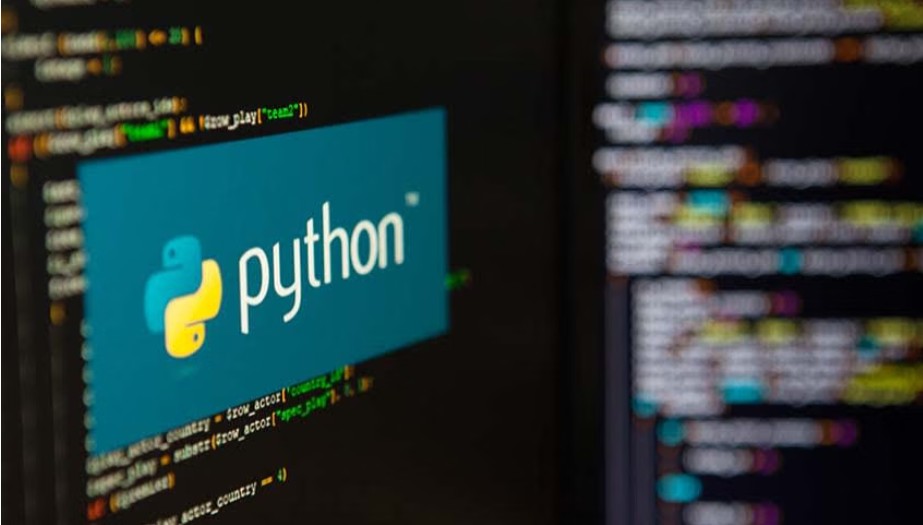
Step 1: Building a Basic Rule-Based Chatbot
Rule-based chatbots are a great way to start. They respond based on predefined rules — think of them as interactive “if-then” systems.
Here’s a simple example using ChatterBot:
from chatterbot import ChatBot
from chatterbot.trainers import ChatterBotCorpusTrainer
# Create chatbot instance
bot = ChatBot('TechToGeekBot')
# Train it using English corpus
trainer = ChatterBotCorpusTrainer(bot)
trainer.train('chatterbot.corpus.english')
# Run chatbot
while True:
query = input("You: ")
response = bot.get_response(query)
print("Bot:", response)
🧠 What happens here:
- You create a chatbot named
TechToGeekBot. - It gets trained using a default English corpus.
- It starts interacting with you based on training data.
Step 2: Adding NLP for Smarter Conversations
Rule-based bots are fine, but they can’t understand variations like “Hi”, “Hey there”, or “Hello!”. That’s where Natural Language Processing (NLP) comes in.
Let’s improve our chatbot using NLTK:
from nltk.chat.util import Chat, reflections
pairs = [
["hi|hello|hey", ["Hi there!", "Hello!", "Hey!"]],
["how are you?", ["I'm doing great!", "Feeling awesome!"]],
["bye|goodbye", ["Goodbye!", "See you soon!"]],
]
chatbot = Chat(pairs, reflections)
while True:
user_text = input("You: ")
print("Bot:", chatbot.respond(user_text))
💬 This version can recognize different greetings and respond naturally — a big step toward a human-like interaction.
Step 3: Building an AI-Powered Chatbot with TensorFlow
For more advanced chatbots, we use deep learning with TensorFlow.
Installing TensorFlow
pip install tensorflow keras numpyCreating a Basic AI Model
import tensorflow as tf
import numpy as np
X_train = np.array([[0, 1], [1, 0], [1, 1], [0, 0]])
y_train = np.array([[1], [1], [0], [0]])
model = tf.keras.Sequential([
tf.keras.layers.Dense(4, activation='relu'),
tf.keras.layers.Dense(1, activation='sigmoid')
])
model.compile(optimizer='adam', loss='binary_crossentropy', metrics=['accuracy'])
model.fit(X_train, y_train, epochs=100)
print("Chatbot AI Model Trained!")Step 4: Deploying the Chatbot as a Web App
To deploy the chatbot as a web application, we use Flask.
Install Flask
pip install flaskWriting the Flask App
from flask import Flask, request, jsonify
from chatterbot import ChatBot
app = Flask(__name__)
chatbot = ChatBot('WebBot')
@app.route('/chat', methods=['POST'])
def chat():
user_input = request.json['message']
response = chatbot.get_response(user_input)
return jsonify({"response": str(response)})
if __name__ == '__main__':
app.run(debug=True)Final Thoughts
Building an AI chatbot in Python isn’t just a technical exercise — it’s a doorway into the world of conversational AI. You start small with rule-based bots and gradually move toward intelligent, self-learning systems.
With libraries like NLTK, TensorFlow, and Flask, Python gives you all the tools to design, train, and deploy real-world chatbots. Whether it’s for customer service, education, or automation, chatbots are transforming how we interact with technology. So now you are ready by developing and deploying the chatbot 🙂
Key Takeaways
✅ Python offers simplicity and flexibility for chatbot development.
✅ Start with rule-based bots before moving to AI-powered ones.
✅ Use NLP and machine learning for smarter, context-aware responses.
✅ Deploy your chatbot using Flask to make it interactive and scalable.
As you keep learning, try experimenting with APIs, cloud integration, or even GPT-powered conversational AI. The journey of coding AI chatbots in Python is just getting started — and you’re already ahead of the curve. 🚀Stay Tuned !!
